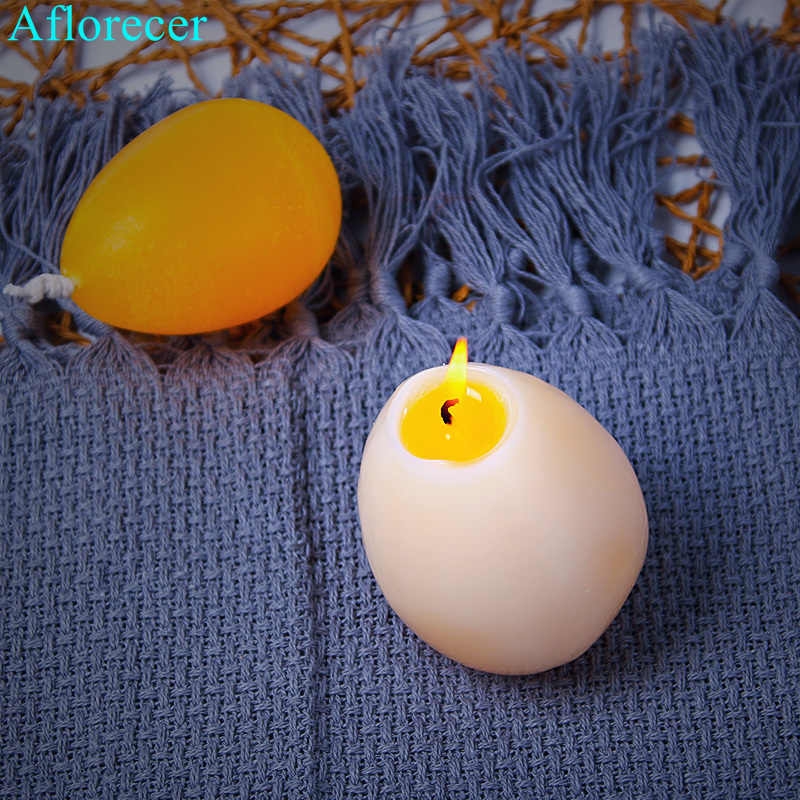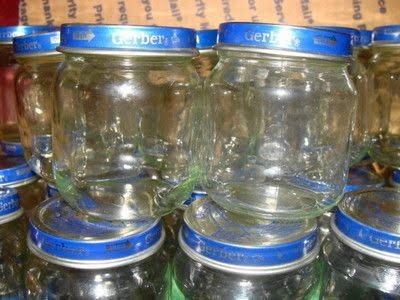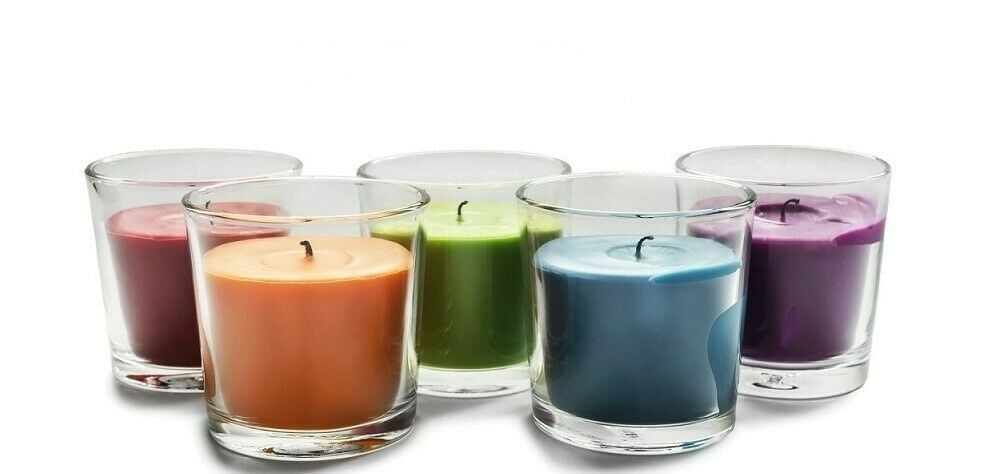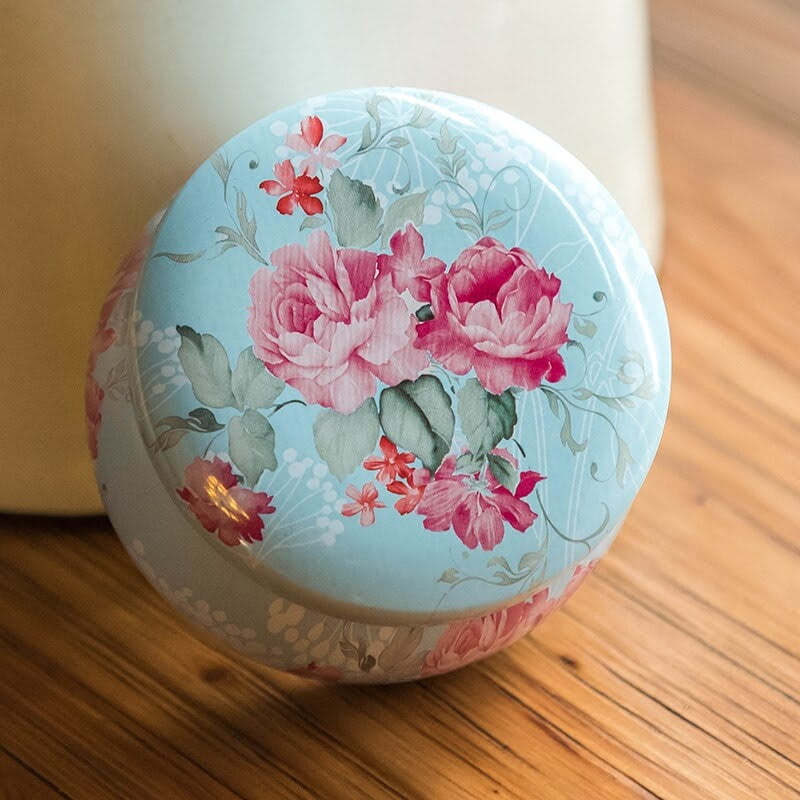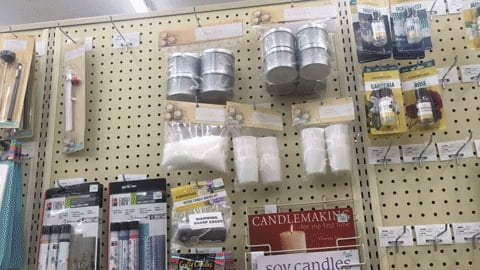Are you eager to dive into the art of candle making? Whether you are a seasoned crafter or a beginner looking for a new hobby, having the right candle making kit supplies is essential for a successful and enjoyable experience. From essential tools to wax options, fragrance oils, wicks, molds, and safety precautions, this comprehensive guide will walk you through everything you need to know to get started in the world of candle making.
Candle making has become an increasingly popular craft as more people seek creative outlets and personalized home decor. With the right supplies at your fingertips, you can create stunning candles that reflect your unique style and scent preferences. Whether you are interested in making candles for personal use or as gifts for friends and family, having high-quality supplies is key to producing beautiful, long-lasting candles.
In this article, we’ll delve into the allure of candle making and dissect why having the right supplies is crucial for a successful candle making journey. You’ll learn about the essential tools needed for candle making, explore different wax options available, discover the significance of fragrance oils, wicks, molds and containers, dyes and pigments as well as safety precautions to ensure a safe and fulfilling crafting experience.
So let’s gather our materials and embark on an exciting adventure in candle making.
Essential Tools
When it comes to diving into the art of candle making, having the right tools is absolutely essential. Without the proper supplies, achieving professional-looking candles with high-quality scents and colors can be a challenging task. To ensure successful candle making endeavors, it’s important to familiarize yourself with the fundamental tools needed for this craft. Below is a detailed breakdown of the essential tools required for candle making:
Double Boiler or Pouring Pot
One of the most crucial tools for candle making is a double boiler or pouring pot. This equipment is used to melt wax gently and evenly without scorching it. It’s important to invest in a high-quality double boiler or pouring pot to ensure that your wax melts consistently and smoothly.
Thermometer
Precise temperature control is key in candle making, which makes a thermometer an indispensable tool. By monitoring the temperature of the melted wax, you can ensure that it reaches the optimal temperature for adding fragrance oils and dyes without compromising the quality of your candles.
Stirring Utensils
To blend fragrance oils and dyes thoroughly into the melted wax, you’ll need sturdy stirring utensils such as heat-resistant spoons or spatulas. These utensils are essential for achieving an even distribution of scents and colors throughout your candles.
In addition to these fundamental tools, other essential supplies include a heat source (such as a stove or hot plate), a work surface protection (such as newspaper or parchment paper), and a scale for accurate measurement of ingredients. By ensuring that you have all these essential tools on hand, you’ll be well-equipped to begin your candle making journey using a candle making kit supplies.
Wax Options
When it comes to candle making, the type of wax you choose plays a crucial role in determining the quality and appearance of your finished product. There are several different options available, each with its own unique characteristics and benefits. Understanding the various types of wax will help you make an informed decision on which one is best suited for your specific project.
Paraffin Wax
Paraffin wax is one of the most commonly used waxes for candle making. It is known for its excellent scent throw and ability to hold color well. Paraffin wax comes in different melting points, making it suitable for various kinds of candles, from container candles to pillars and votives.
Soy Wax
Soy wax has gained popularity in recent years due to its natural origins and clean-burning properties. It is derived from soybean oil and is biodegradable, making it an eco-friendly choice for candle makers. Soy wax also has a great scent throw and provides a smooth, creamy finish.
Beeswax
Beeswax is another natural option that has been used for centuries in candle making. It has a sweet, honey-like aroma and produces a warm glow when burned. Beeswax candles are known for their long burn times and air purifying properties.
When choosing the best wax for your project, consider factors such as the type of candle you want to create, your desired scent throw, burn time, and any environmental considerations. Experimenting with different waxes can also lead to exciting discoveries and unique creations using your candle making kit supplies.
Fragrance Oils
When it comes to candle making, fragrance oils play a significant role in creating the perfect ambiance and sensory experience. Whether you’re aiming for a soothing lavender scent or a warm vanilla fragrance, selecting the right scents is crucial in achieving the desired result. Here are some key points to consider when choosing fragrance oils for your candle making project:
- Types of Fragrance Oils: There are various types of fragrance oils available, including essential oils, synthetic fragrance oils, and natural aroma compounds. Essential oils are derived from plants and offer a more natural scent, while synthetic fragrance oils are created in a lab and provide a wide range of scent options. Natural aroma compounds are extracted from natural sources and offer a unique olfactory experience.
- Scent Selection: When choosing fragrance oils for your candles, consider the purpose of the candle and the environment in which it will be used. For example, if you’re creating candles for relaxation, soothing scents such as chamomile or eucalyptus may be suitable. For candles meant for entertaining or social gatherings, festive scents like cinnamon or citrus may be more appropriate.
- Mixing and Matching: Experimenting with different fragrance combinations can add depth and complexity to your candles. Consider blending two or more scents to create a custom fragrance that suits your preferences. Keep in mind that some scents complement each other well, while others may compete or clash when combined.
Wicks and Wick Holders
When it comes to candle making, wicks are an essential component that can greatly influence the quality and performance of the finished product. The wick serves as a pathway for the melted wax to travel up to the flame, allowing for proper combustion and a steady, consistent burn. Choosing the right type of wick is crucial, as it can impact burn time, fragrance throw, and overall candle performance.
There are several types of wicks available for candle making, including cotton wicks, wooden wicks, and eco-wicks. Each type has its own unique characteristics and is suited for different kinds of candles.
For instance, cotton wicks are versatile and work well with various types of wax, while wooden wicks are ideal for soy or beeswax candles due to their ability to create a soft crackling sound when burning. Eco-wicks are made from natural fibers and are an eco-friendly option for environmentally conscious candle makers.
In addition to selecting the appropriate wick, using a wick holder is equally important in achieving a well-made candle. Wick holders keep the wick centered as the wax solidifies around it, preventing any off-center leaning that could lead to uneven burning. They come in various shapes and sizes to accommodate different candle diameters and ensure that the wick remains straight throughout the cooling process.
It’s clear that understanding the role of wicks and selecting the right type – along with using proper wick holders – is key in creating high-quality candles. By choosing the suitable combination of wick and holder based on your specific project requirements, you can ensure that your candles burn evenly and efficiently every time.
| Wick Types | Suitable Candle Types |
|---|---|
| Cotton Wicks | Versatile; work well with various types of wax |
| Wooden Wicks | Ideal for soy or beeswax candles; create a soft crackling sound when burning |
| Eco-Wicks | Made from natural fibers; an eco-friendly option for environmentally conscious candle makers |
Molds and Containers
When it comes to candle making, molds and containers play a crucial role in the overall process. The right choice of mold or container can greatly impact the final look and functionality of your candles.
There are various options to choose from when it comes to molds and containers, each with its own unique benefits and considerations. Whether you prefer traditional jar candles or more intricate molded designs, selecting the right mold or container is essential for a successful candle making project.
One of the most popular choices for candle making containers is glass jars. These are widely used for making container candles as they provide a classic and versatile option. Glass jars come in various shapes and sizes, allowing for creativity and customization in candle design. Additionally, they offer transparency, allowing the beauty of the wax and any added decorative elements to be visible.
On the other hand, silicone molds have gained popularity for creating unique shaped candles. These molds come in a wide range of designs, from traditional pillars to whimsical shapes like flowers or animals. Silicone molds are flexible, making it easier to remove the finished candle without damaging its shape. They also allow for intricate detailing that may be difficult to achieve with other types of molds.
In addition to glass jars and silicone molds, metal tins are also commonly used as candle containers. Tins are practical for creating travel candles or as an alternative to glass jars. They are lightweight and durable, making them suitable for various candle-making projects. Furthermore, metal tins come in different finishes such as matte or glossy, providing options for achieving different aesthetic looks.
Ultimately, choosing the right mold or container for your candle making project depends on factors such as the desired aesthetic, functionality, and personal preference. With various options available in the market, there is no shortage of choices when it comes to selecting molds and containers for your candle making endeavors.
| Candle Making Supplies | Types |
|---|---|
| Glass Jars | Versatile and transparent |
| Silicone Molds | Flexible and intricate designs |
| Metal Tins | Lightweight and durable |
Dyes and Pigments
When it comes to candle making, adding color to your creations can take them to the next level. Dyes and pigments are essential supplies for anyone looking to create beautifully colored candles. In this section, we will explore the different options for adding color to your candles, as well as the techniques for achieving various shades.
Types of Dyes and Pigments
There are various types of dyes and pigments that can be used in candle making. Liquid dyes, dye blocks, and powdered pigments are some of the most commonly used options. Liquid dyes are easy to work with and can be mixed to create custom colors. Dye blocks are concentrated blocks of color that can be shaved or melted into wax, while powdered pigments offer more intense hues and are ideal for achieving vivid colors.
Color Mixing Techniques
Creating unique shades for your candles often involves mixing different colors together. By blending primary colors such as red, blue, and yellow, you can create a whole spectrum of secondary colors. Experimenting with different ratios and combinations can lead to the perfect custom hues for your candle designs.
Incorporating Color Into Your Candles
The method used to add color to your candles will depend on the type of dye or pigment being used. Liquid dyes can be added directly to melted wax, while dye blocks should first be melted down before being incorporated. Powdered pigments may need to be thoroughly mixed into the wax before pouring it into molds or containers. Understanding how each type of colorant interacts with the wax is crucial for achieving consistent and vibrant results.
Safety Precautions
When engaging in the art of candle making, it is crucial to prioritize safety and take necessary precautions when working with candle making kit supplies. Many of the tools and materials used in this craft can pose safety risks if not handled properly. By following proper safety measures, you can ensure a safe and enjoyable candle making experience.
One of the most important safety precautions when working with candle making supplies is to always handle hot wax with caution. When melting wax, be mindful of the temperature to prevent burns or fires. It is also essential to use a dedicated melting pot or double boiler for wax melting to avoid direct contact with heat sources. Additionally, wearing protective gear such as heat-resistant gloves and aprons can provide an extra layer of protection while working with hot wax.
Another vital aspect of practicing safety measures in candle making is proper ventilation. Since some fragrance oils and dyes used in candles emit strong odors and fumes, it is important to work in a well-ventilated area to prevent inhalation of harmful substances. Good air circulation can help minimize exposure to these chemicals and promote a safer working environment.
Furthermore, when using tools like wick trimmers or pouring pots, it is essential to handle them with care and store them properly after use. Sharp tools should be kept out of reach of children or pets, and flammable materials should be stored away from heat sources to reduce the risk of accidents. By incorporating these safety measures into your candle making routine, you can ensure a safe and enjoyable crafting experience while creating beautiful candles for yourself or loved ones.
Conclusion
In conclusion, the art of candle making is a delightful and rewarding hobby that can be pursued by anyone with the right supplies. As we have discussed, having the essential tools, such as a double boiler, thermometer, and pouring pot, is crucial for a successful candle making experience. Additionally, selecting the appropriate wax, fragrance oils, wicks, and containers is essential in creating high-quality candles. The use of dyes and pigments allows for creative expression and personalization of each candle.
It is important to emphasize the significance of safety precautions when working with candle making kit supplies. Whether it’s handling hot wax or using sharp tools, practicing safety measures is crucial to avoid accidents and injuries. By being mindful of these precautions, enthusiasts can fully enjoy their candle making experience without any worries.
With the right knowledge and supplies at hand, readers are encouraged to embark on their own candle making journey. Whether it’s for personal enjoyment or as a potential business venture, the world of candle making offers endless possibilities for creativity and self-expression. So go ahead and gather your candle making kit supplies – you never know where this enchanting craft may take you.
Frequently Asked Questions
What Materials Do I Need to Make a Candle?
To make a candle, you will need wax, a wick, a container or mold, fragrance oils or essential oils (if desired), and dye (if you want colored candles). You may also need a double boiler for melting the wax.
What Equipment Do I Need to Start Making Candles?
The equipment needed to start making candles includes a heat source (like a stove or hot plate), a thermometer for monitoring the wax temperature, pouring pots or pitchers, and a scale for measuring the wax and fragrance oils.
Is It Cheaper to Make Candles or Buy Them?
Whether it is cheaper to make candles or buy them depends on various factors such as the quality of ingredients used, quantity produced, and personal preferences. Generally, making candles can be cost-effective if done in large quantities and with affordable materials.
However, high-quality handmade candles often come with a higher price tag compared to mass-produced ones but offer unique customization options.

Welcome to my candle making blog! In this blog, I will be sharing my tips and tricks for making candles. I will also be sharing some of my favorite recipes.

